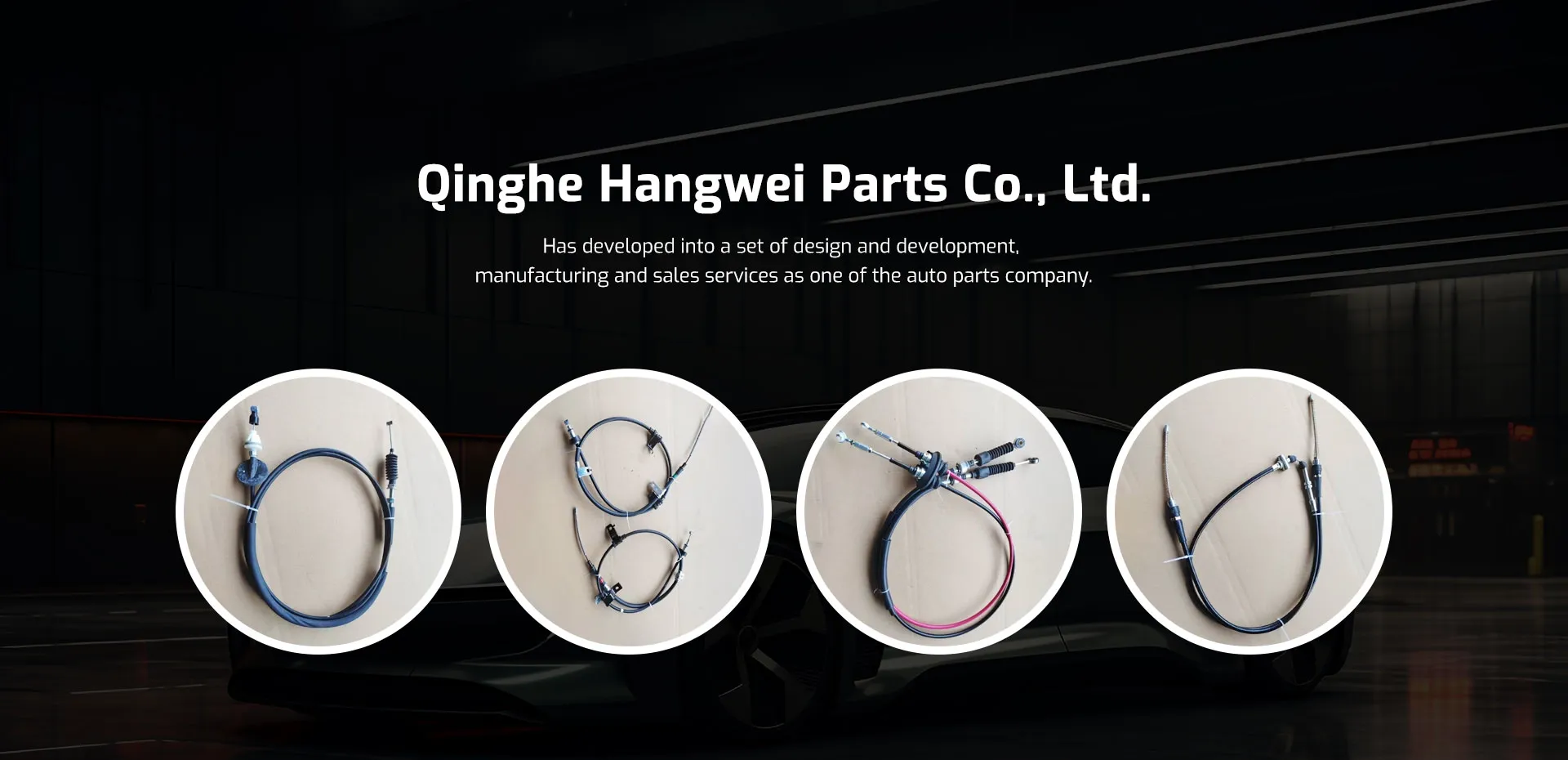Understanding the Importance of Car Hand Brake Cable Maintenance and Replacement
Understanding the Importance of Car Hand Brake Cable
When we think about vehicle safety and functionality, many components come to mind—engine performance, brake systems, tires, and more. However, one crucial aspect that often goes overlooked is the hand brake cable, also known as the parking brake cable. This seemingly simple component plays a vital role in ensuring the safety and efficiency of our vehicles, particularly when parked or when driving on inclines.
What is a Hand Brake Cable?
The hand brake cable is a cable system that connects the hand brake lever (or emergency brake lever) in the car’s cabin to the rear brake system of the vehicle. Its primary function is to engage or disengage the parking brake, which is essential for keeping the vehicle stationary when parked and preventing it from rolling away.
Typically made from steel wire covered in a protective sheath, the hand brake cable is designed to withstand the stresses of regular use, as well as environmental factors such as extreme temperatures and humidity. Given its critical role, it’s important to understand how it operates and signs that may indicate a need for maintenance or replacement.
How Does the Hand Brake Cable Work?
The operation of the hand brake cable is relatively straightforward. When the driver pulls on the hand brake lever, it pulls the cable, which then tightens and allows the brake shoes to press against the discs or drums at the wheels. This action effectively prevents the wheels from rotating, thus securing the vehicle in place. Once the lever is released, the cable loosens, and the brake shoes retract, allowing for normal movement of the vehicle.
In many modern cars, the system is equipped with mechanisms that offer feedback to the driver, indicating whether the hand brake is engaged or disengaged. This is particularly helpful in preventing situations where the driver might forget to disengage the parking brake before driving, which could lead to overheating and damage to the brake components.
Signs of Worn or Damaged Hand Brake Cables
car hand brake cable

Like any vehicle part, hand brake cables can wear out over time. Regular checks and maintenance are crucial to ensure their proper function. Some common signs that the hand brake cable may need attention include
1. Difficulty Engaging or Disengaging If you notice that the hand brake lever is difficult to pull or feels unusually loose, this could indicate cable wear or stretching. 2. Increased Travel If the lever pulls up much higher than usual before you feel resistance, it could mean the cable has stretched or the brake assembly is wearing out.
3. Unusual Noises Grinding or squeaking noises when engaging the hand brake can indicate fraying cables or improper alignment.
4. Brake Warning Light In some vehicles, there may be a warning light on the dashboard if there’s an issue with the brake system, including the hand brake.
Maintenance and Replacement
Maintaining the hand brake cable is relatively simple. Regular inspections for visible wear, fraying, or damage are advised, especially before long trips or during routine servicing. If any issues are detected, it’s critical to address them promptly to prevent safety risks.
Replacing a worn or damaged hand brake cable can typically be done by a qualified mechanic and isn’t usually a major investment compared to other automotive repairs. It often involves removing the old cable and installing a new one, ensuring that it is properly adjusted for optimal performance.
Conclusion
The hand brake cable might be a small component in the grand scheme of automotive engineering, but its role in vehicle safety cannot be overstated. Ensuring that this cable is in good condition is vital for protecting both the driver and the vehicle from unexpected incidents. Therefore, regular maintenance checks and prompt attention to any issues can help keep this simple yet crucial system functioning effectively. Remember, safety on the road starts with being proactive about vehicle care, and the hand brake cable is a prime example of an often-overlooked yet essential element.
-
Workings of Clutch Pipe and Hose SystemsNewsJun.04,2025
-
The Inner Workings of Hand Brake Cable SystemsNewsJun.04,2025
-
The Secrets of Throttle and Accelerator CablesNewsJun.04,2025
-
The Hidden Lifeline of Your Transmission Gear Shift CablesNewsJun.04,2025
-
Demystifying Gear Cables and Shift LinkagesNewsJun.04,2025
-
Decoding Clutch Line Systems A Comprehensive GuideNewsJun.04,2025
